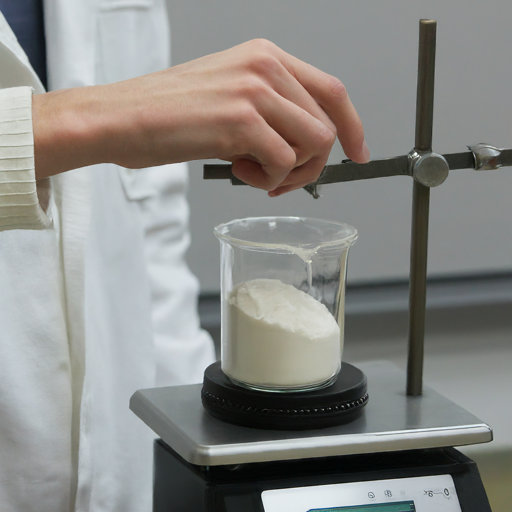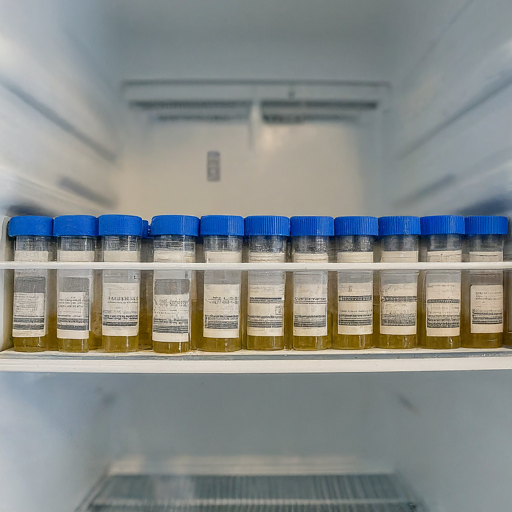In scientific research, accurate data is essential. Reliable results depend on a crucial step often underestimated: sample preparation. This process transforms raw materials into a format compatible with analytical techniques, ultimately shaping the quality of your data.
Here, we explore best practices for sample preparation to ensure your experiments yield trustworthy data.
For further details, please consult .

1. Understand Your Sample:
Before preparation, grasp the inherent properties of your sample. Is it a complex biological mixture, a homogenous chemical compound, or a gritty environmental sample? Knowing its composition allows you to tailor the preparation process for optimal results.
2. Contamination Control is Essential:
Even the most meticulous scientist can encounter contamination. Always use clean tools, wear gloves, and work in a designated area to minimize the introduction of foreign substances. A single impurity can skew your data and invalidate your conclusions.
3. Consistency is Key:
Strive for consistency throughout preparation. Employ standardized procedures and maintain uniform sample handling techniques. This reduces variability, ensuring your data reflects the true nature of the sample, not inconsistencies introduced during preparation.
4. Homogeneity is Crucial:
For accurate analysis, your sample should be as homogenous as possible. This means ensuring a uniform distribution of components throughout the sample. Grinding, homogenizing, or dissolving techniques, depending on your sample type, can achieve this goal.

5. Accurate Measurement is Required:
Accurate measurements are essential, especially when dealing with limited sample quantities. Use calibrated balances and appropriate measurement tools to ensure you work with the correct amount of sample material.
6. Document Every Step:
Meticulously document every step of the sample preparation process. This includes the starting material, the techniques employed, and any observations made along the way. Thorough documentation allows for reproducibility and facilitates troubleshooting if unexpected results arise.
7. Storage Matters:
How you store your prepared samples can significantly impact their integrity. Consider factors like temperature, light exposure, and potential for degradation. Choose appropriate storage containers and conditions to maintain the sample's original state until analysis.

By adhering to these best practices, you can ensure your sample preparation process is robust and reliable. Remember, a well-prepared sample paves the way for trustworthy data, forming the cornerstone of successful scientific exploration.
learn more about Proteomics sample preparation on this video: